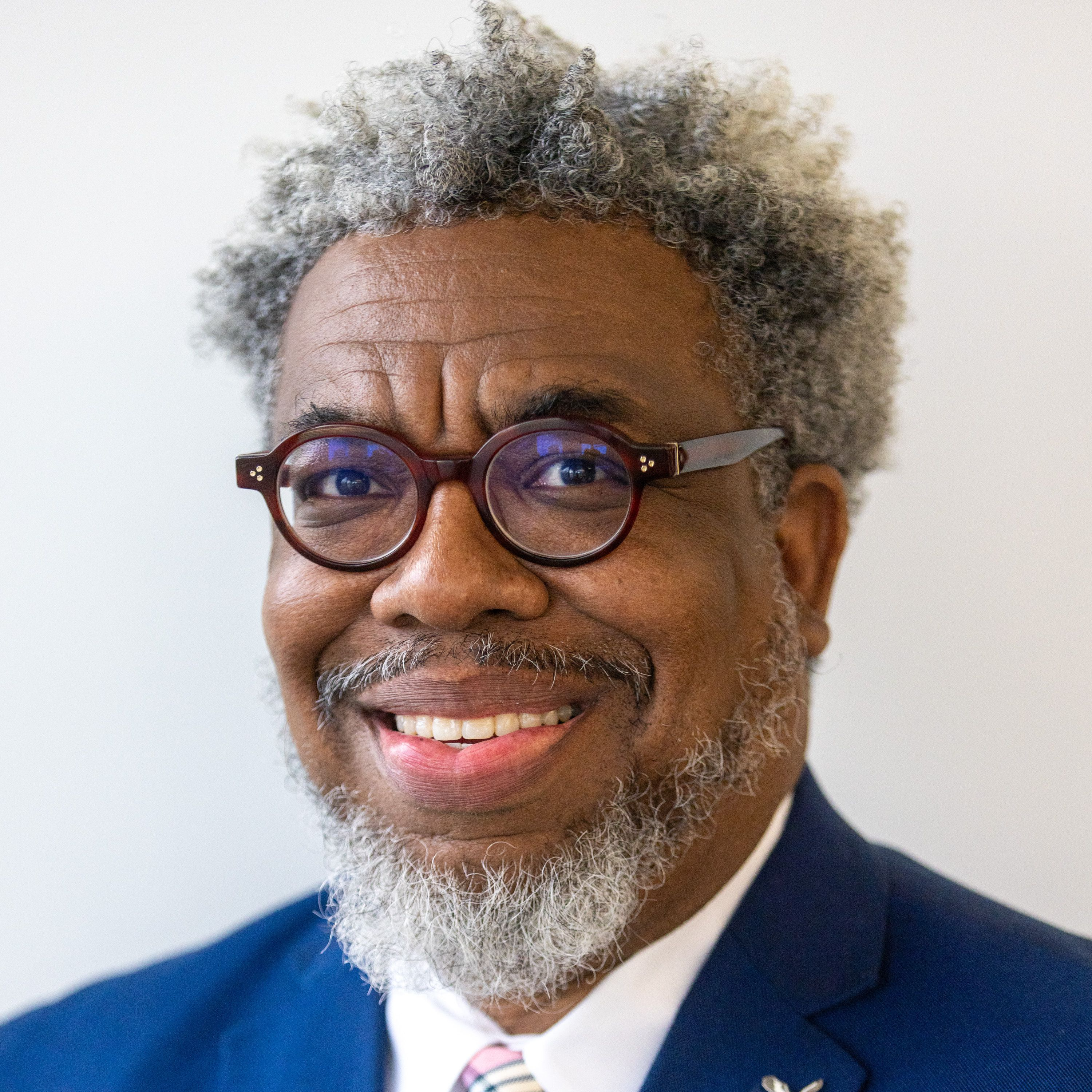Former residents of Black neighborhood in Athens seek redress for razing of homes

In 1958, Abe Thomas decided to build a home for his wife and seven children in the shadow of the University of Georgia.
As a day laborer who was making $10 a week, Thomas didn’t have much money. But the people of Linnentown, as the neighborhood was known, pitched in to help him construct a little house on Peabody street from the ground up.
It was a community effort. Linnentown was full of brick masons, plumbers, electricians and others. “We had highly skilled adult workers, nurses, a pro baseball player,” said Hattie Thomas Whitehead, one of Thomas’ daughters. “We had everything in the community to be sustainable.”

Until they didn’t.
By the mid-1960s, Linnentown was gone.
The city of Athens claimed the land using its power of eminent domain — that is, the right of a government to expropriate private property for public use. Under the guise of urban renewal, the city bought 22 acres using federal funding and sold the property to the state Board of Regents. The residents were forced out, and the houses razed. In their place rose three dormitories and parking lots for UGA.
Now, 60 years later, the former residents and descendants of Linnentown are seeking redress from the university.

“They wanted to expand for parking lots and dorms on the backs of Black families, and Blacks couldn’t even get into UGA,” said Whitehead, the president and community outreach coordinator for the Linnentown Project, a community-led initiative advocating for reparations for the historic Black community.
Standing on the grounds of her old neighborhood, she watched as students rush past, and she tried to visualize what once was.
“It is heartbreaking because a whole community — that nurtured, loved and supported you — was erased,” said Whitehead.

What happened to Linnentown is not unlike what happened in many Black communities across the United States. Neighborhoods were razed in the name of urban renewal to make way for highways, stadiums and housing in the 1950s and ‘60s.
“Using eminent domain, local governments snatched up the homes and businesses of Black and immigrant communities at rock-bottom prices, replacing them with commercial development or homes for wealthier families,” George McCarthy, CEO of the nonprofit Lincoln Institute of Land Policy, wrote last year.
Throughout the country, there have been calls for reparation for the damaging government policies that allowed it to happen. The Linnentown case has become a national rallying cry centered around the case for reparations, as several national news outlets have focused on the story.
The Linnentown group — made up of six former neighborhood residents and descendants — has already scored what it and members of the Athens-Clarke County Commission describe as a form of reparations.
In February, the Commission unanimously supported a sweeping resolution that commissioners said served as the first step by any government body in Georgia to address the destruction of a Black neighborhood.
Calling it an “act of institutionalized white racism and terrorism,” the resolution established the Linnentown Justice and Memory committee, which is working on creating a Black history center.
“Through intimidation, weaponized code enforcement, inequitable property value judgments, controlled demolition by fires, forced tenancy and rent, tokenized Black representation, invasions of financial privacy, and paternalistic relocation policies, Linnentown was effectively erased without a trace by the City of Athens and the University System of Georgia,” the resolution stated.
The commission also pushed through a plan for Athens-Clarke County employees to receive a $15 minimum wage. Athens-Clarke County Mayor Kelly Girtz told the AJC that the resolution represents a “commitment to creating better lives for Black Athenians.”
“We are raising the bar on quality-of-life issues and continuing to be open to understanding things we don’t even know about,” he said.
On the courthouse steps, Girtz also issued an apology for Linnentown’s destruction.
Whitehead said roughly 40 Black families lived in Linnentown up until the 1960s, with about 60% of them owning their homes. She cried as she watched the apology, which she said caught her by surprise.
“I certainly do think this is a form of reparations,” said Whitehead, whose book, “Giving Voice to Linnentown,” was published this fall.

But some say it’s not enough.
State law prohibits monetary reparations to former Linnentown residents using state or local dollars. Under the gratuities clause in Georgia’s constitution, a measure initially passed to fight corruption, it prevents local governments from providing direct cash payments to individuals and nonprofits.
Whitehead and her organization have put pressure on state legislators to change the gratuities clause and have written letters to Senators Jon Ossoff and Raphael Warnock asking for assistance. Earlier this month, Whitehead bumped into Warnock in Athens and gave him a copy of her book.
More than six months after the commission’s resolution, former Linnentown residents and activists say they are still waiting to have discussions with UGA.
“UGA has not come to the table so we can work on avenues of atonement,” Whitehead told the AJC. “I can’t ask them for anything if they have not come to the table.”

Whitehead said her attempts to set up meetings with UGA officials have been rebuffed. Girtz added that his call for UGA officials to be a part of the conversation has gone unanswered as well.
In a July 19 letter to UGA President Jere Morehead, the Linnentown group asked for an apology for the school’s role in the destruction of the neighborhood and urged UGA to create a memorial to Linnentown. But, Whitehead said, “Denial appears to be the path UGA chooses to follow instead of acknowledging its dark role in the erasure of Linnentown. UGA took 22 acres of our land to build dormitories — land off of which UGA has made hundreds of millions of dollars.”
Officials at UGA told the AJC that questions about the land seizure should be directed to Athens-Clarke County, which initially purchased the property and the Board of Regents, which owns the property.
UGA spokesman Greg Trevor said it’s not true that the university, which this year is celebrating its 60th anniversary of desegregation, has no interest in preserving Linnentown’s past. The school has offered to include Linnentown in the Athens Oral History Archives, which are maintained by the University of Georgia Libraries, he said.
“The University of Georgia’s high-rise residence halls have been in place for more than 50 years. And, over that time, they have housed tens of thousands of students from all races and socioeconomic backgrounds — providing those students with the transformational benefits of a higher education,” Trevor said. “Diversity and inclusion are — and will always be — central to the University of Georgia academic community and a priority for the institution.”
But Bobby Crook, who is a member of the Linnentown Project, said UGA should do more. “We want money,” he said while acknowledging that he might never get it.
His father was a cook for one of the UGA fraternities and saved up enough money to buy a home in Linnentown in 1938 at 167 Peabody.
Roy and Essie Crook’s home became somewhat of a hotel for Black people passing through Athens.

“As a child growing up, Linnentown was always a social place,” said Crook, who was 11 years old when they came for his family’s property. “I remember coming home from school and everybody was crying and carrying on about UGA taking our house.”
Crook watched as his friends moved away and their homes were torn down. Across the street from his house, he watched Brumby Hall go up as workers dumped supplies and pipes on his lawn.
“I was afraid because I had never been invaded,” Crook said. “My father and mother never said anything. It was a great injustice to hardworking, honest people who struggled to put their ends together.”
Families were forced to rent properties in other parts of town or move into public housing. Mayor Girtz said some of those homes would be worth hundreds of thousands of dollars now.
In her book, Whitehead writes that the city made Linnentown ripe for urban renewal by refusing to pave streets or provide plumbing.
The Crooks, who got about $12,000 for their home, were the very last family to leave Linnentown in 1966.

Whitehead’s family was among the first.
“They made the calculations, then they put a note on your door that an acquisition has been made,” Whitehead said.
If families did not meet the moving deadline, they were charged $15 a month to rent the homes they built. Unable to afford to buy a new house, Whitehead’s family moved into public housing in 1963. Soon after, her parents separated.
“All hope was lost with the family separation, loss of property and loss of community,” Whitehead said. “It destroyed my family and a lot more. My parents never became homeowners again.”



